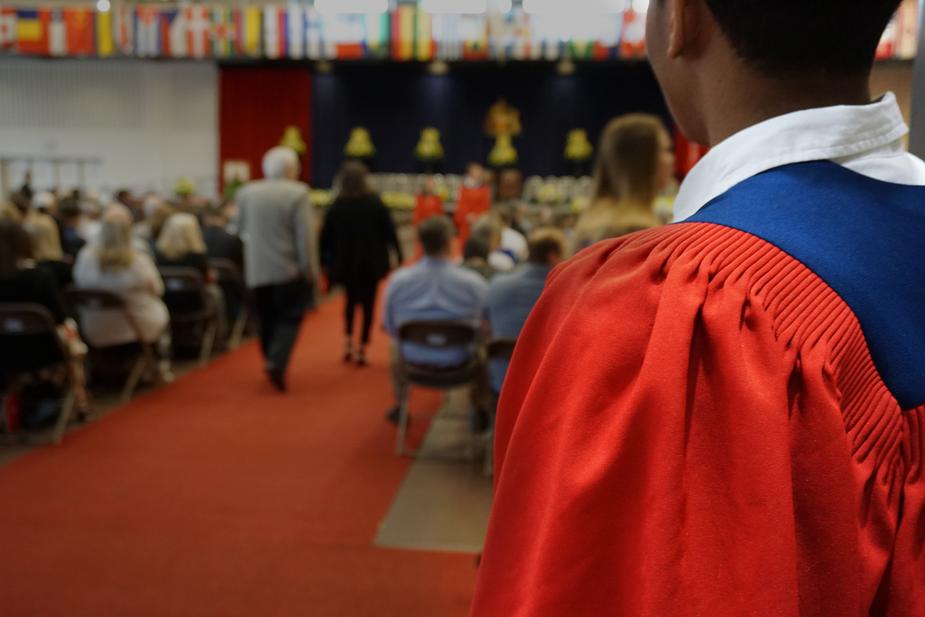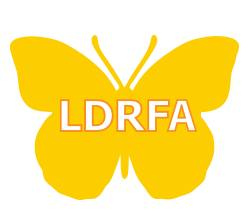Learn helpful strategies and assistive technology tools you need when you prepare for college if you have learning disabilities
By : Zahavit Paz and Shannon Stringer
Table of Contents
ToggleMaking the transition from high school to college poses many challenges for all students. For students with learning disabilities (LD) and/or Attention Deficit Disorder ADHD, managing this change can make them feel more anxious and overwhelmed than their non-disabled counterparts. It is a significant change to move from the secure, regulated-by-IEP environment of high school into the college environment which requires more self-advocacy and decision-making from the student. This becomes overwhelming for many LD/ADHD students.
Transitioning into college life is a passage; a sign of becoming independent and growing up. For many young adults, this means leaving home and doing things for themselves for the first time. For students with a learning disability, it may be a more challenging time. For one thing, you are an adult now and advocating for your rights as a person individuals with disabilities is your responsibility! As a high school student with an IEP, your school must legally provide you with all the accommodations on your IEP. As a college student with disabilities, the legal responsibility is yours to ask for accommodations from the college. Some of the accommodations that you had special education teachers in high school may not be available in college, so you will need to find alternatives.
9 tips for new college students to make the transition less stressful
1. Make sure your documentation proving you are a person with a disability is less than 3 years old.
2. Register at the office of disability services (ODS) to get to know the staff and provide them with your documentation and the accommodations you require.
3. Sign up for a special orientation for Learning Disabled students.
4. Make sure you have all of your course syllabuses and try to get all the material in advance.
5. Get familiar with Assistive Technology
6. Using assistive technology increases productivity at college. Utilizing assistive technology such as screen readers or audiobooks can help students process a large quantity of text using the auditory format. Free texts are available from online sources like Bookshare.
7. Start using time management organizers and manage your time – classes, study, meals, and staying fit!
Stress can affect your health, so make sure to schedule a time to exercise!
8. Head to the library between and after classes.
In your dorm, you can get a carried away or side-tracked. There are fewer temptations at the library or in study rooms, where you will be able to stay more focused. Computers with assistive technology are available at your library or Office of Disabilities.
9. Thanks to the rapid advances in assistive technology apps, college students have a limitless number of tools at their disposal. To help you stay focused, choose a few apps that you are familiar with and feel comfortable using. This will ensure that you are gaining the most from the technology for your academic and personal growth!
Other helpful assistive technology tips for college students with Learning Disabilities
- Take a picture of notes on the board, of the homework assignments, and any handouts. Save them and organize them into albums or folders. This way you can’t lose paper handouts or the syllabus later.
- Use your alarms and calendar reminders for everything! Enter everything when it’s due to your calendars and set the reminders to the day before an exam so that you can review or have time to study if you haven’t already!
- Use note-taking apps and devices:
- Digital pens
- Apps like Notability for iPad which allow you to type, record, and draw helping you get and stay organized.
- Graphic organizers can help students technology-tools-and-tipsduring the writing process.
- Some Apps can help correct words frequently misspelled or misused (i.e. there, their, they’re) by students with dyslexia and learning disabilities.
- Proofreading Software can be helpful to those with any type of learning disorder that makes writing and reading challenges. This type of software can help correct words that are frequently misspelled.
- Text to speech can help you keep up with your reading, struggle with reading and it can also help with your writing. Have it read aloud your writing back to you so you will be able to recognize grammatical mistakes and misspelled word prediction when you hear them.
Below are questions you should ask yourself to help identify what types of assistive technology might be useful to you. You can use this information to discuss your needs with the people at the office of print disabilities. Think about these ahead of time so you have your own opinion about what you need to succeed!
Which are the right Assistive Technology Tools For You?
- What do you currently use?
- How would you describe your LD?
- What strategies (hi-tech low tech or no tech) do you use for success? What has helped in the past?
- What do you think could be helpful for you?
- What problems do you think might occur that you want to use AT for
- Types of AT and what it does – which of these do you think could be useful to you.
- Speech to Text
- Text to Speech
- Bookshare
- Organization Apps
- Note-taking Apps & Pens
- Timers (to learn pacing)
- Audio players

Although more professors are aware of the advancement of technology and its potential to help those with disabilities in higher education, at this time very few, actually get training other than people in disability services. An increase in the training of educators and instructors on technology and assistive technology is needed.
Photo by Buro Millennial from Pexels
 Zahavit Paz is a co-founder of LD Resources Foundation. She’s a graduate of CUNY Graduate disabilities study program. She is often a presenter on Assistive Technology at professional conferences in schools and colleges and has written extensively on her personal struggle with Dyslexia and ADHD. She is an advocate for individuals with LD and provides resources and information through the LDRFA website. More info about Zahavit Paz.
Zahavit Paz is a co-founder of LD Resources Foundation. She’s a graduate of CUNY Graduate disabilities study program. She is often a presenter on Assistive Technology at professional conferences in schools and colleges and has written extensively on her personal struggle with Dyslexia and ADHD. She is an advocate for individuals with LD and provides resources and information through the LDRFA website. More info about Zahavit Paz.


